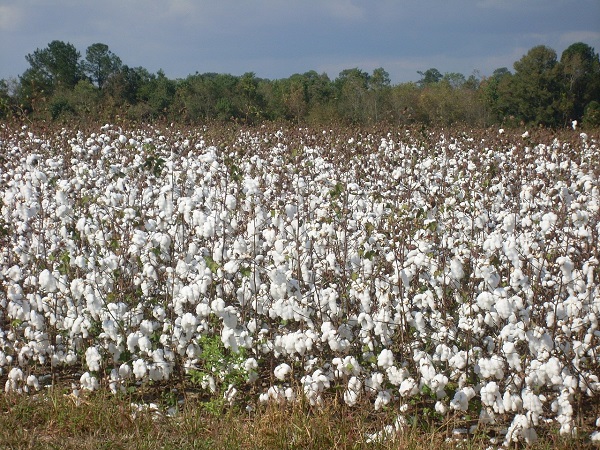
Industry analysts are concerned as the country’s textile exports surpassed imports. Recently, there has been a growth in textile imports, driven not just by massive purchases of raw materials such as raw cotton, fabrics, and man-made textiles but surprisingly also of finished products. India, traditionally a major exporter saw its textile and garment imports grow almost t48.8 per cent until November this fiscal from a year ago to $7.2 billion. At the same time outbound shipment of such products dropped 13.4 per cent to $23.1 billion. And officials say, these imports are likely to be over $10 billion in the current fiscal and that’s a record.
PLI, trade deals hope to decrease import dependence
As per a Financial Express report, apparel imports increased 53 per cent to $1.2 billion in the first eight months of last year. This includes around 40 per cent of garment imports from Bangladesh where many Indian companies have set up units over the past 15 years to take advantage of its duty-free access to large markets of the US and EU while another 20 per cent has come from China.
However, experts feel once early investments made under the production-linked incentive (PLI) scheme for textiles bear fruit, the situation will change for the better this fiscal. Moreover, recent trade deals with the UAE and Australia will further improve the situation and the government’s efforts to improve cotton production will also reduce imports of basic raw material cotton in 2023. The current shortage of cotton in the domestic market has not only hiked up the fibre import percentage but harmed production capacity of several units in the value chain. The increase in cotton prices also drove up the import value of both inputs and finished products along with Indian companies getting more garment supplies to India from their manufacturing units in Bangladesh.
Man-made fibers and other causes for export slump
With global consumption pattern currently focussed more on man-made fibers and technical textiles products, many factors such as the dominance of smaller businesses with limited scale manufacturing capacity and inflexible labour rules have affected this segment. Along with this, high logistics costs as well as stiffer competition from Bangladesh and Vietnam in the last decade have been detrimental to this segment.
As per a CCF Group study, India where the main exports are textiles followed by apparel, there has been a slump for five consecutive months leading up to December 2022. Textile products such as cotton and yarn products which account for nearly one-third of the total were down 3.6 percentage points compared with the proportion of the same period last year which was down 12.2 per cent over the same period last year.
From the volume of Indian cotton in the current markets, the 2022-23 Indian cotton yield is lower than expected in the previous period, which is a support for Indian cotton prices. Although downstream demand is relatively weak, it will be further affected by the present high cotton prices and the year ahead doesn’t look too optimistic. With cotton prices remaining high, there is not much significant improvement among its domestic midstream and upstream spinning and weaving mills where the operating rate remains at a low level and also lowers the actual international competitiveness of Indian textiles.
As per the CCF Group study, India’s low textile and apparel exports in 2022 was mainly due to a fall in exports in the second half of the year. What’s more, December stats do not show much improvement either. And the situation may not improve too much in the first quarter of 2023.












